Rolex Motorsports Reunion celebrates Corvette’s 70th anniversary with host of legendary cars
The Rolex Motorsports Reunion, held each year during Monterey Car Week, always brings out rare and beautiful race cars and presents them on one of motorsports most recognizable tracks, Laguna Seca. For 2023, the event highlighted Corvette’s momentous impact on the racing world by displaying more than 20 historic Corvette racers and development cars. A few of them even fired up and took to the tarmac to give spectators a taste of racing days gone by.
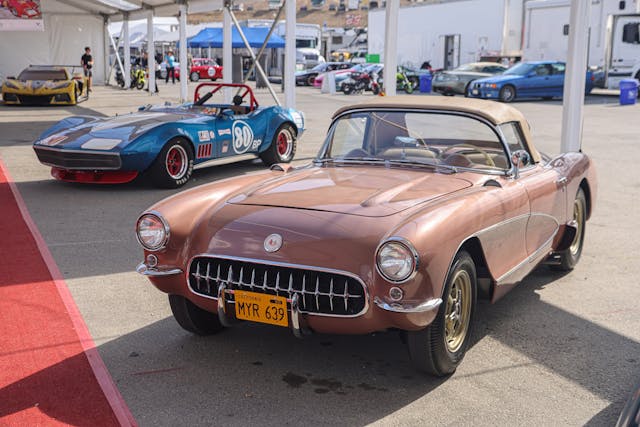
Corvette has a long and illustrious racing pedigree that stretches back to the 1950s, shortly after the beautiful two-seater debuted. While America’s Sports Car got off to an inauspicious start due to its ho-hum Blue Flame Six powerplant, the legendary Chevy small-block V-8 debuted in 1955 and more than made up for it. The earliest Corvette featured at the display was a 1956 Corvette SR1, one of just two remaining of the six built. These SR1 cars were fitted with heavy-duty drum brakes, Halibrand magnesium wheels, and the famed “Duntov” cam to really transform the V-8.
Shown in the lead image at the top of the page all displayed together, four development cars were on hand that foreshadowed the C8 Corvette‘s transition to a mid-engine layout and all four of them hit the track for parade laps. The open-wheel 1960 CERV I looks like a contemporary Indy car, while the 1964 CERV II covered its wheels yet kept the sporting aspirations with its speedster roofline. Both the 1973 Aerovette and the 1990 CERV III, on the other hand, look like concept cars that could have headed to production.

Thanks to Corvette engineer and hot rod guru Zora Arkus-Duntov, the small-block would be the spearhead of Chevrolet racing for years, although we can’t ignore the Chevy big-block. Several important Corvette racers were on display that made a case for large displacement engines. Tom McIntyre brought out his 1963 Corvette Z06, formerly owned by the legendary Mickey Thompson. This was one of two Corvettes prepped for Daytona Speed Week 1963 to be fitted with the Mark II 427 engine known as the “Mystery Motor” as it was shrouded in secrecy. The engine, likely still warm from the foundry, was essentially a rough draft of what would become the Mark IV big-block that we all know as the 396, 427, and 454 V-8s of the muscle car era. While its original engine was gone when he purchased the car, McIntyre was able to buy a Mystery Motor from Smokey Yunick’s estate and get the car back under 427 power.
This curvy, big-block-powered 1968 Corvette was prepped to race at the 1973 24 Hours of Le Mans and found a spot on the grid as part of Ferrari’s North American Racing Team (NART). It placed a respectable 7th in class and 15th overall, but went on to win its class at Sebring later that year.
We can’t mention curvy big-block ‘Vettes without showing off these two C3s and their outrageously flared fiberglass. It doesn’t get any more ’70s than these two. The red Greenwood Corvette is a race veteran and still has a surprising amount of its original equipment. The NACA-ducted IMSA Supervette, also from Greenwood, features a tube chassis to go along with its drastically restyled fiberglass body.
Both big- and small-block-powered C2s were on display, including the successful 1963 Grand Sport Chassis 004 and the Roger Penske Chevrolet 1966 L88 Corvette. The Grand Sport won its class in Nassau in 1963, while the L88 had back-to-back class wins at the 1966 Daytona 24 Hours and Sebring 12 Hours.
We can’t talk about endurance-race-winning Corvettes without mentioning the dominating late-model Corvette race cars like the C5R and C8.R. Three examples were on display, including a C8.R that looked like it came straight off the track.
The Corvette display at the Rolex Motorsports Reunion was the best gathering of Corvette racing history in one place that we can remember seeing. If you didn’t get a chance to see it in person, we recommend visiting the Petersen Automotive Museum where some of these cars were headed after Monterey.
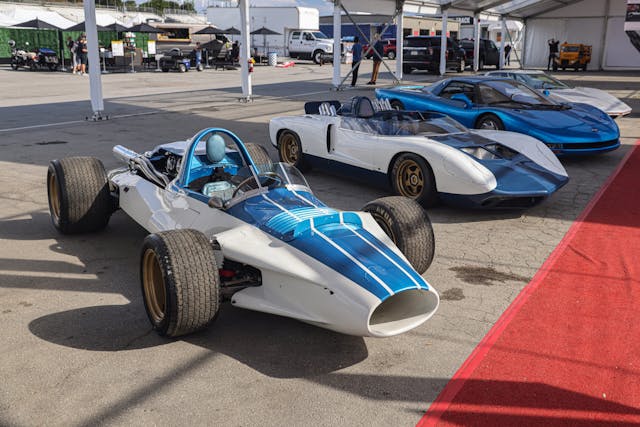
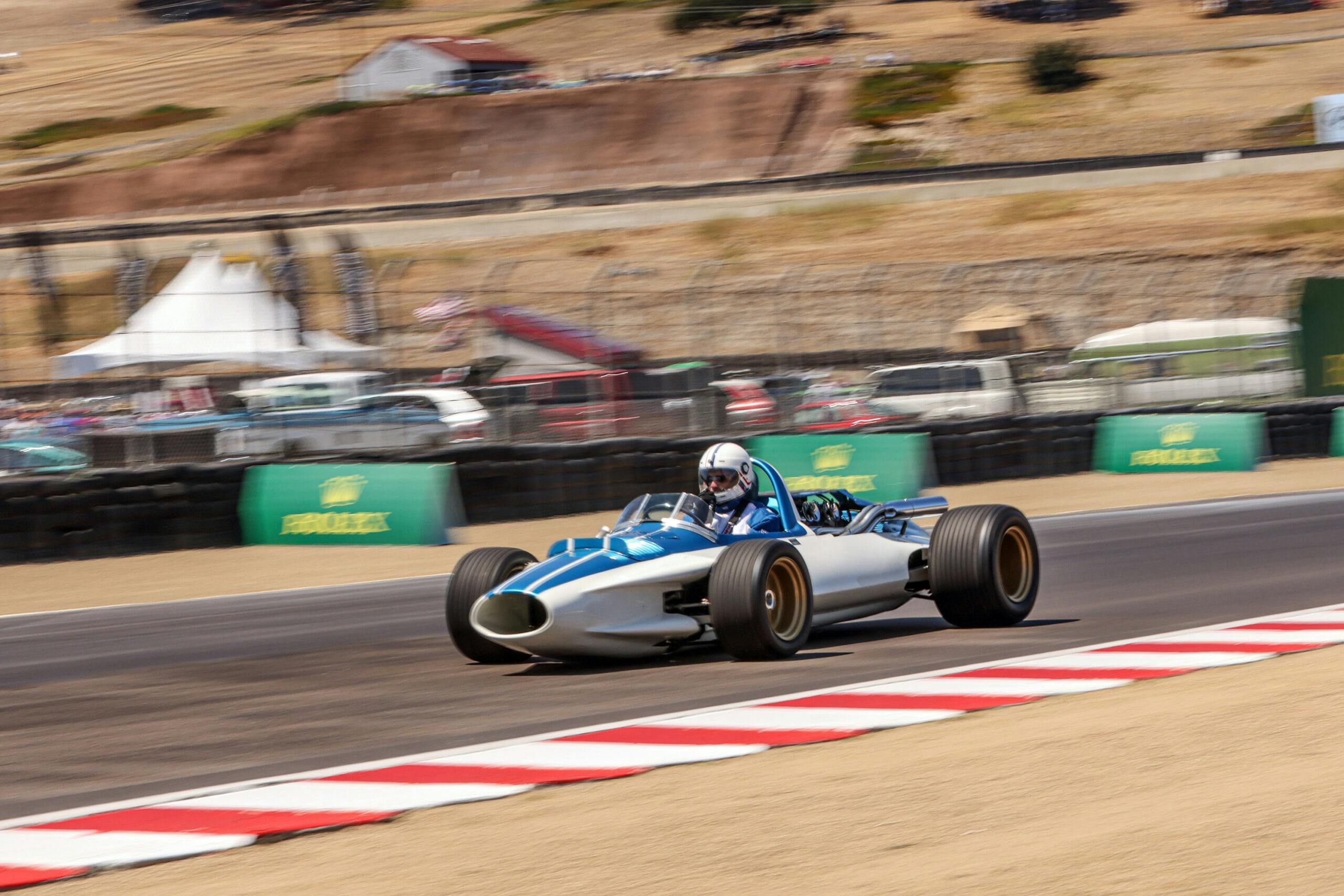
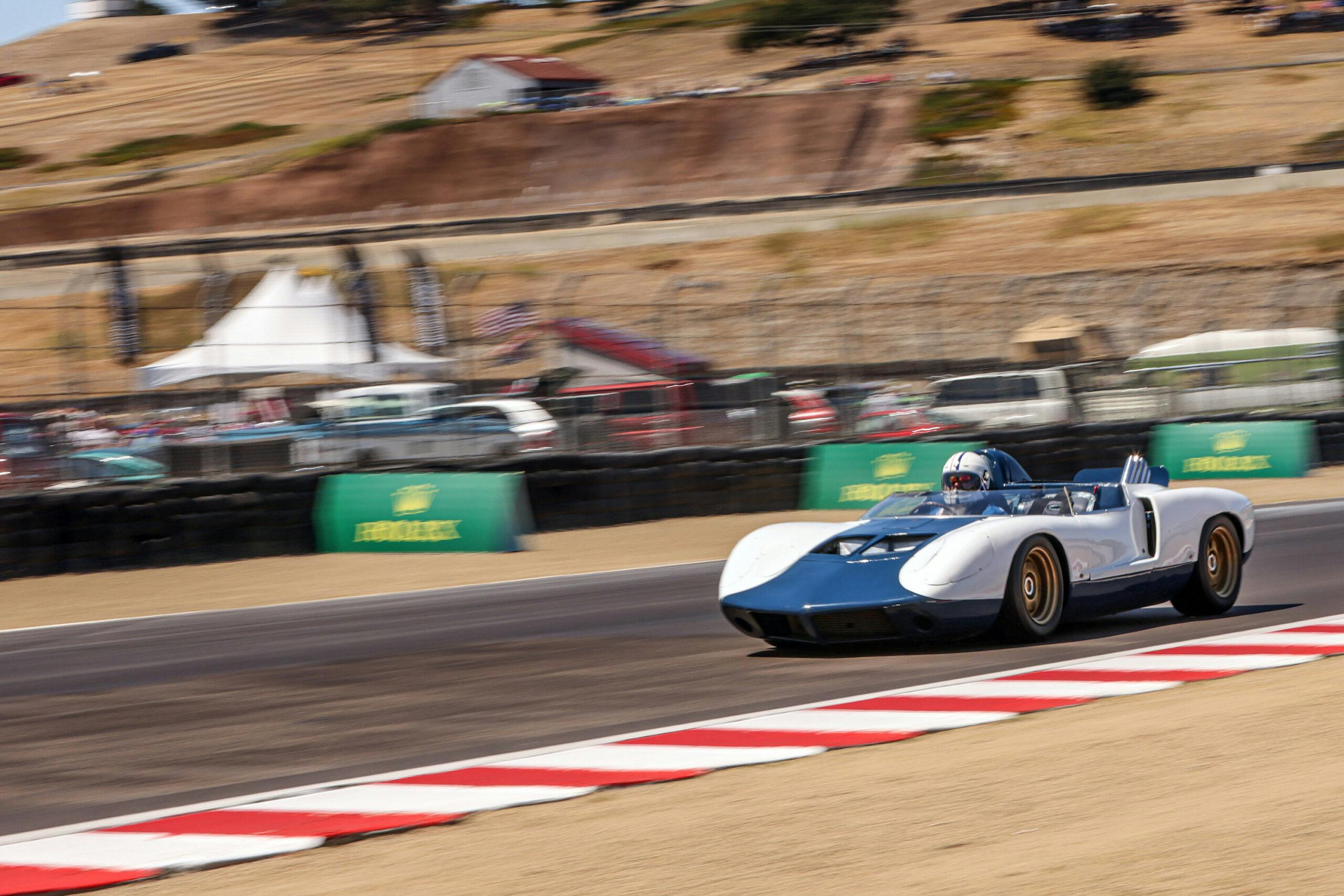
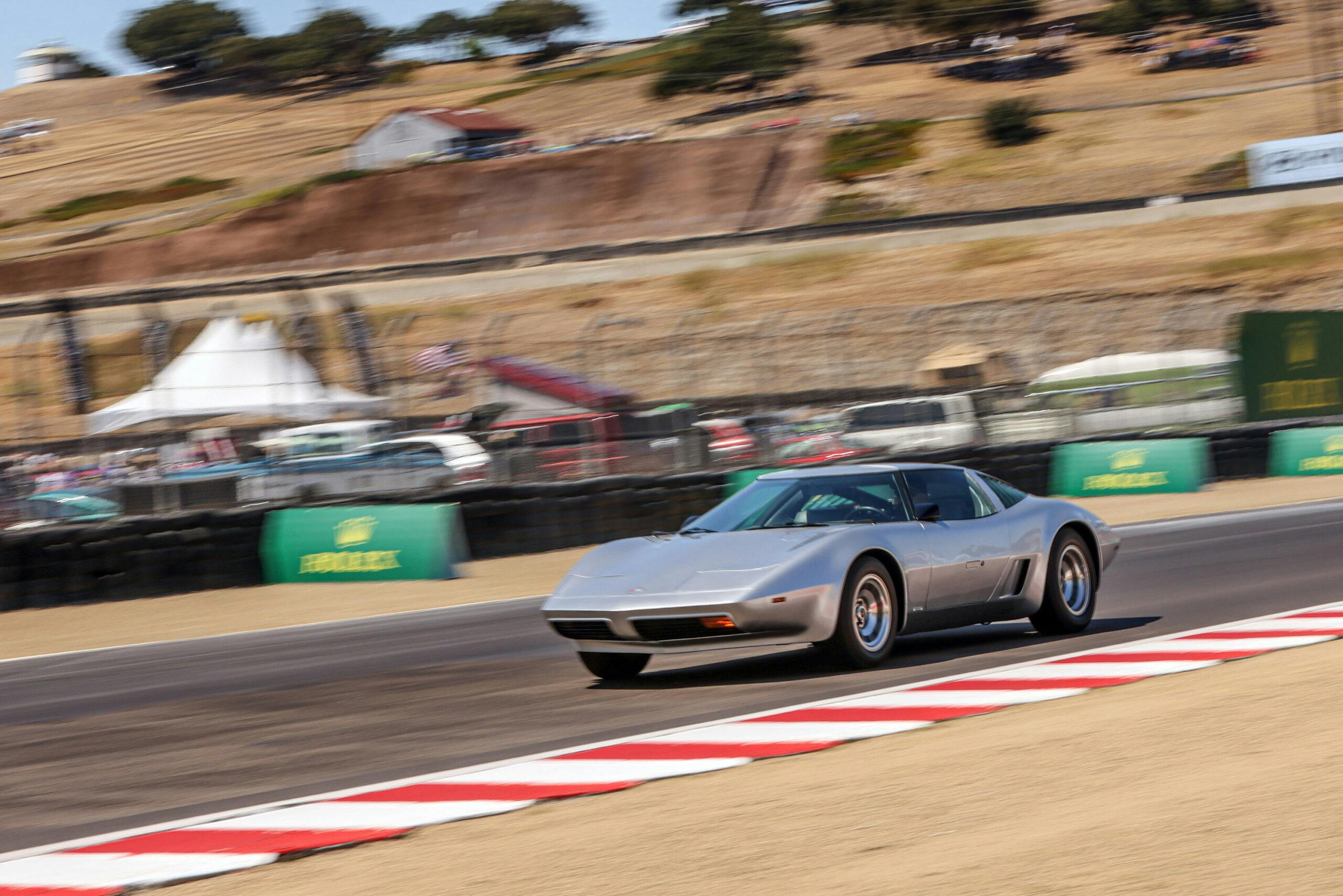
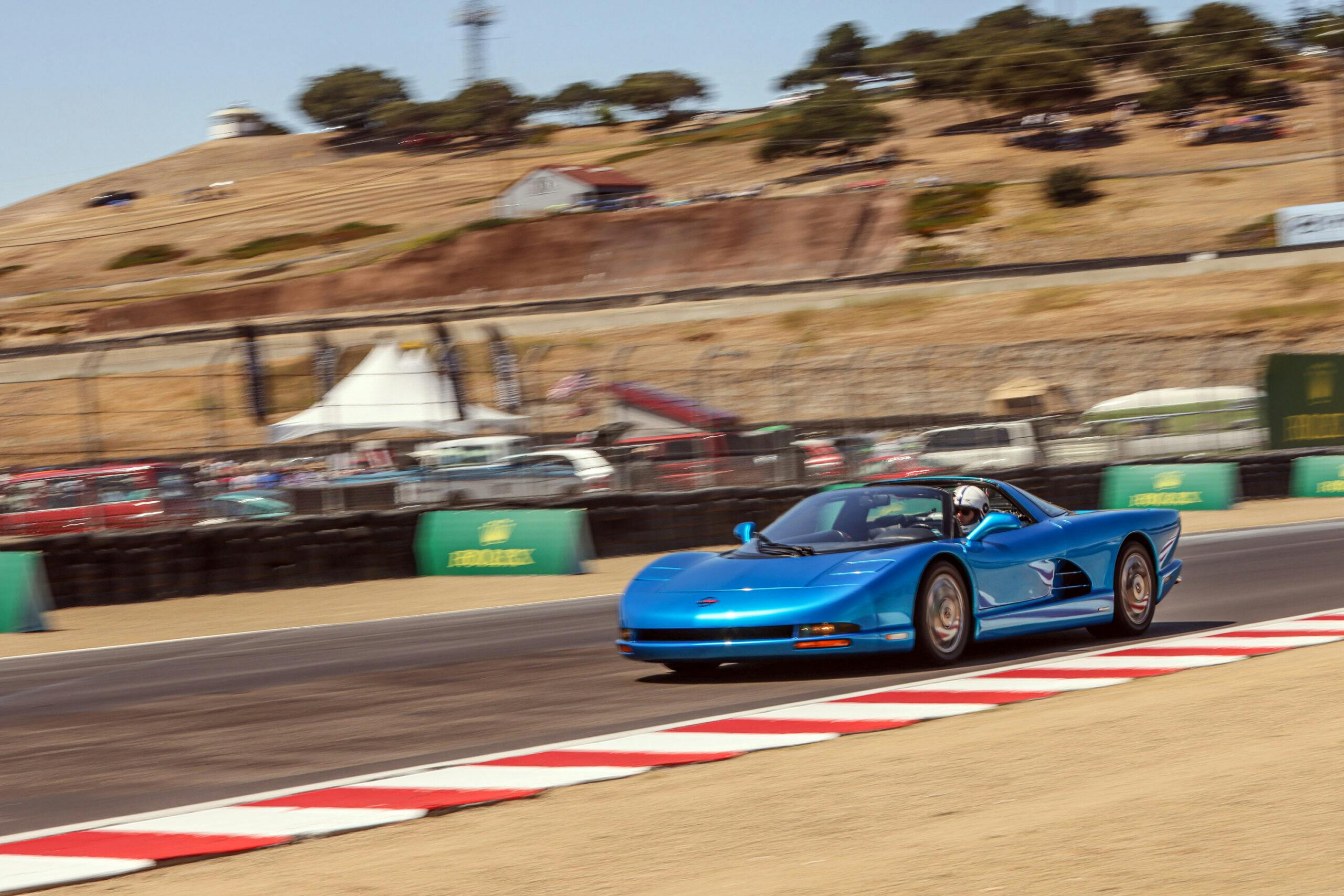


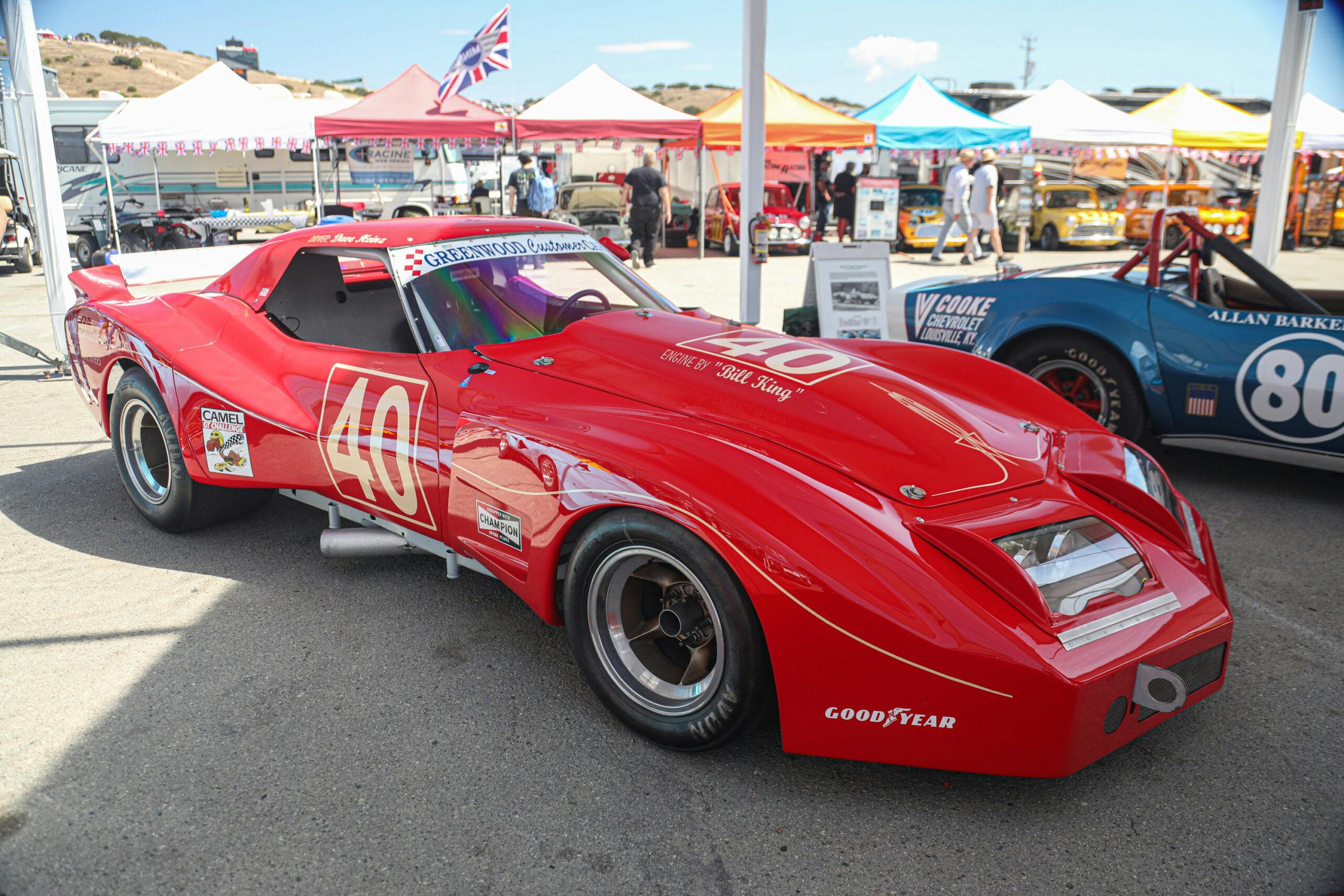
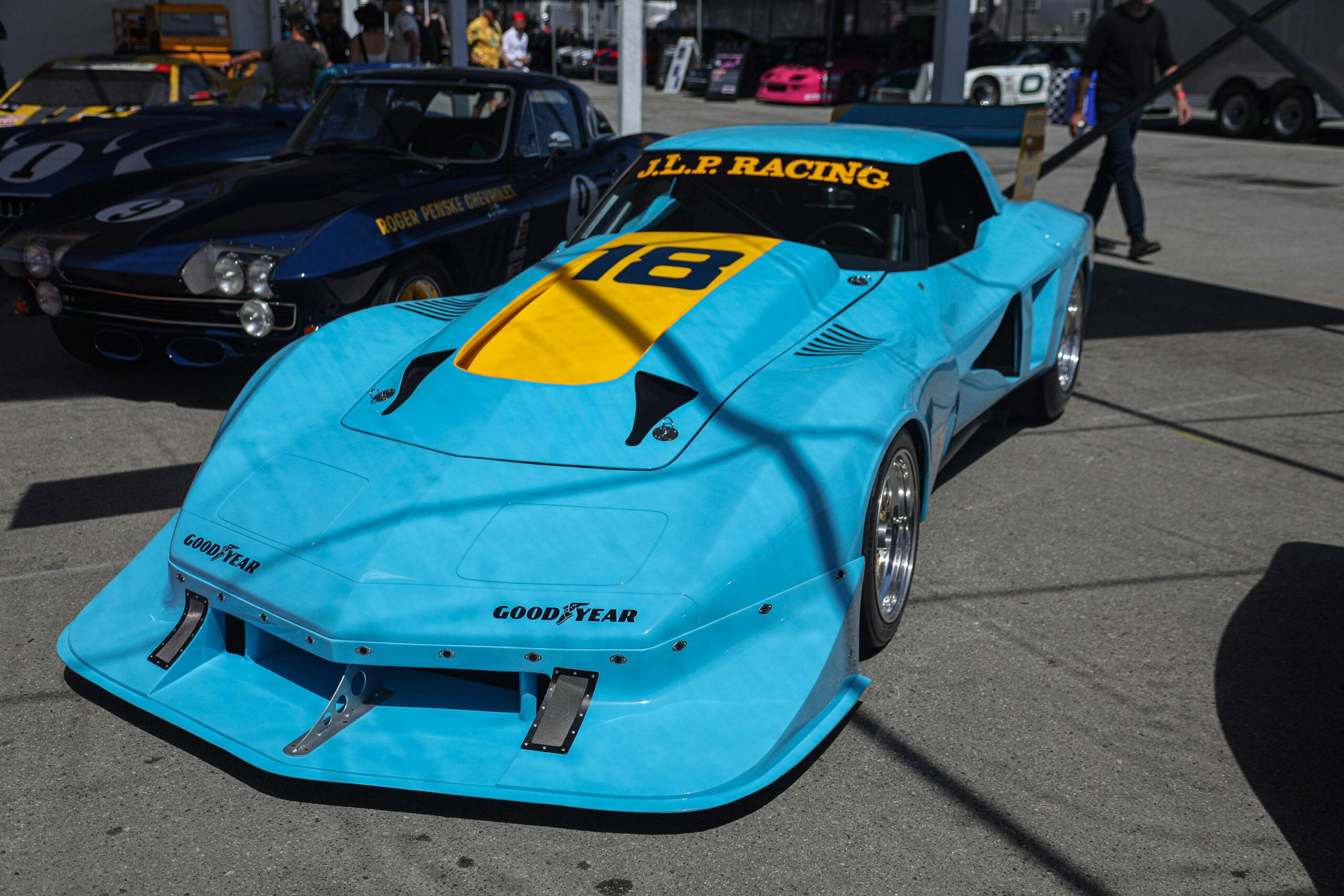

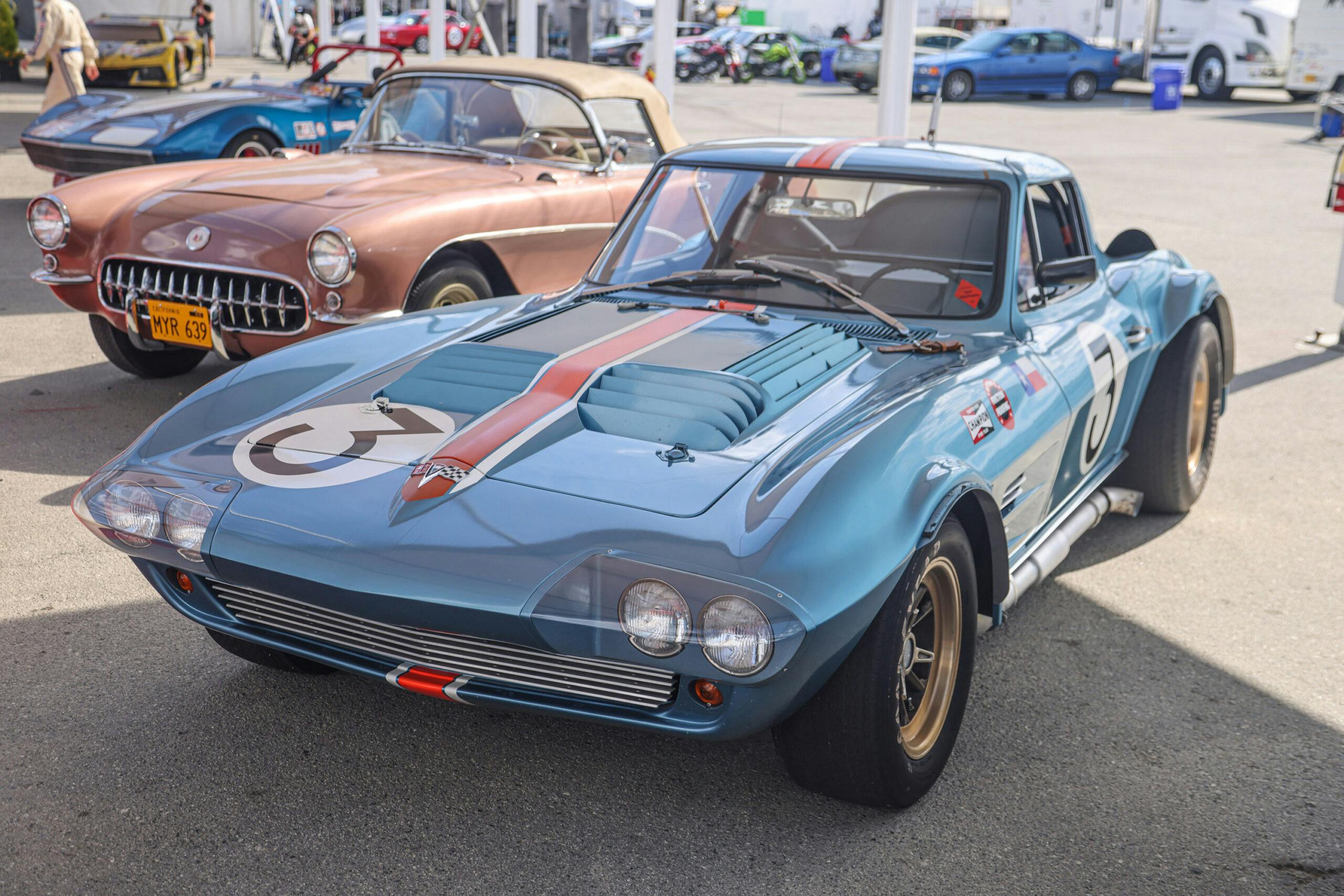
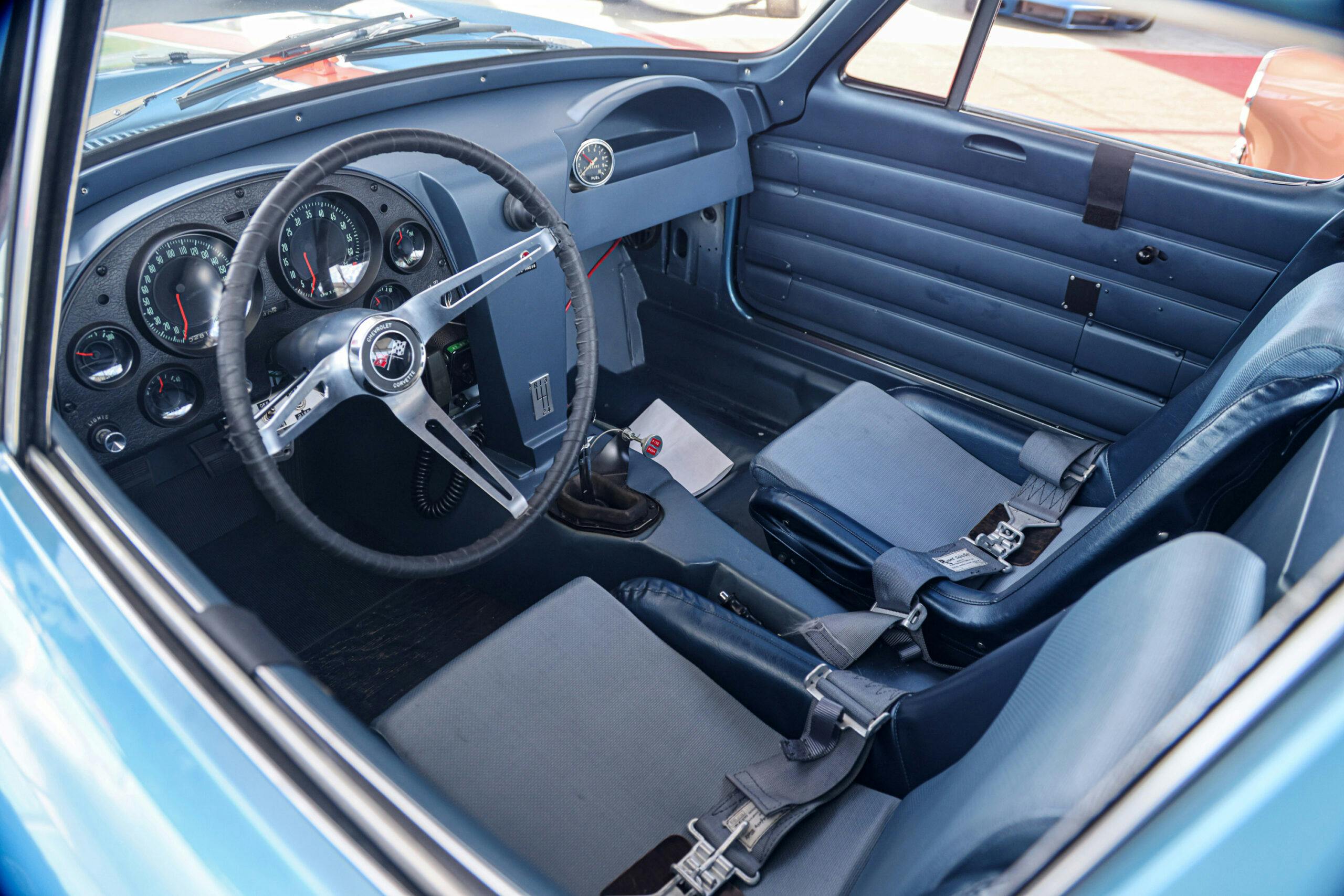
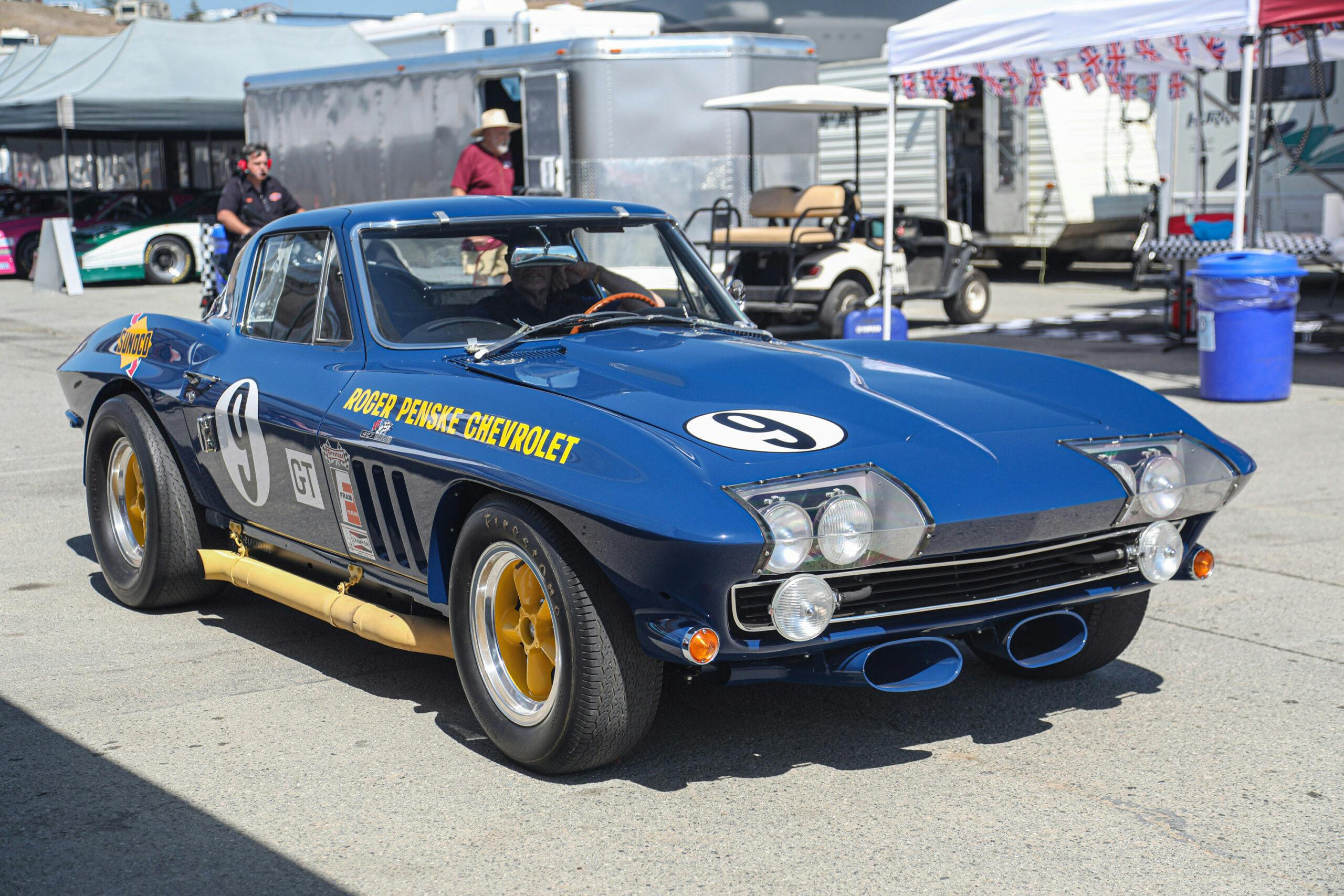
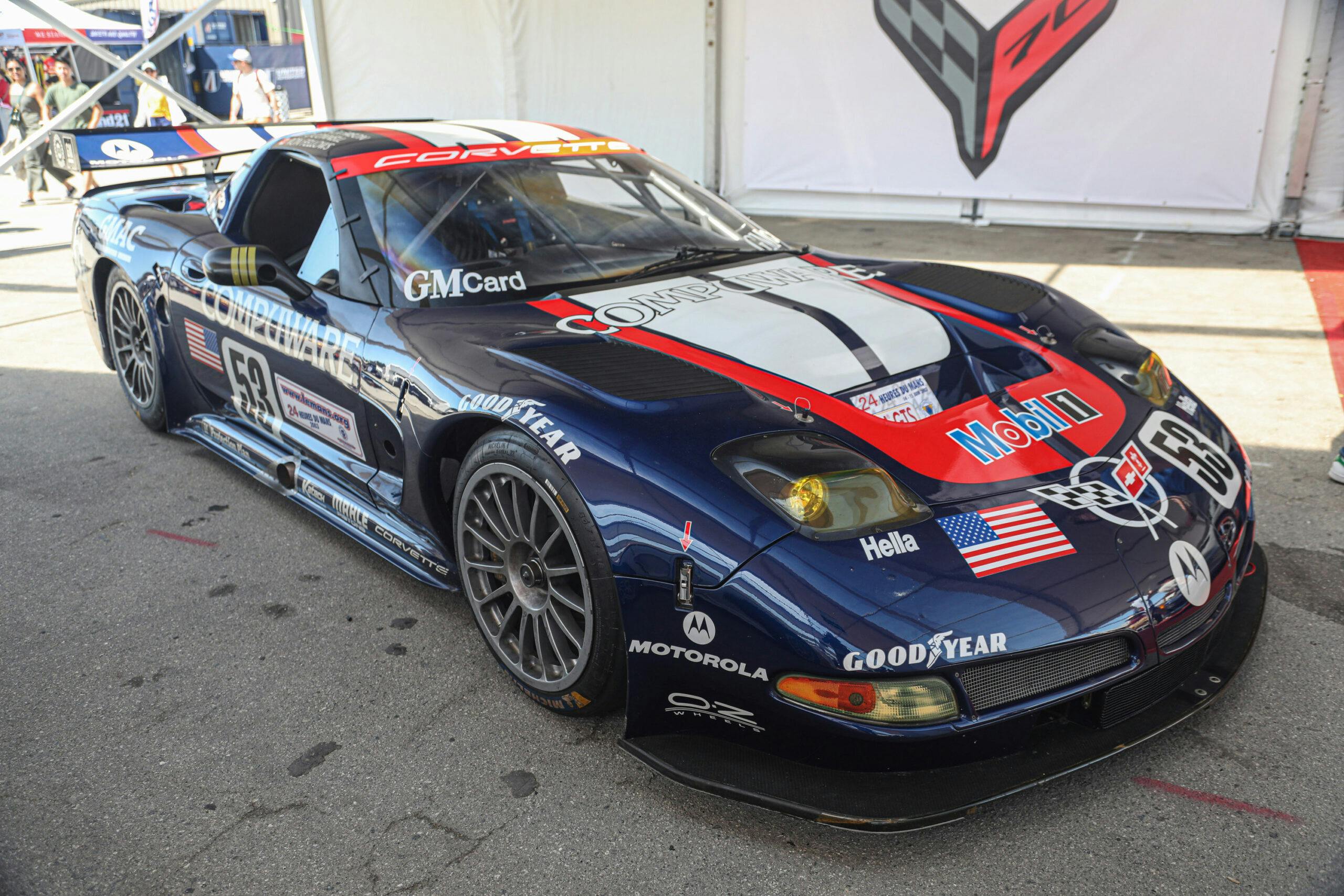
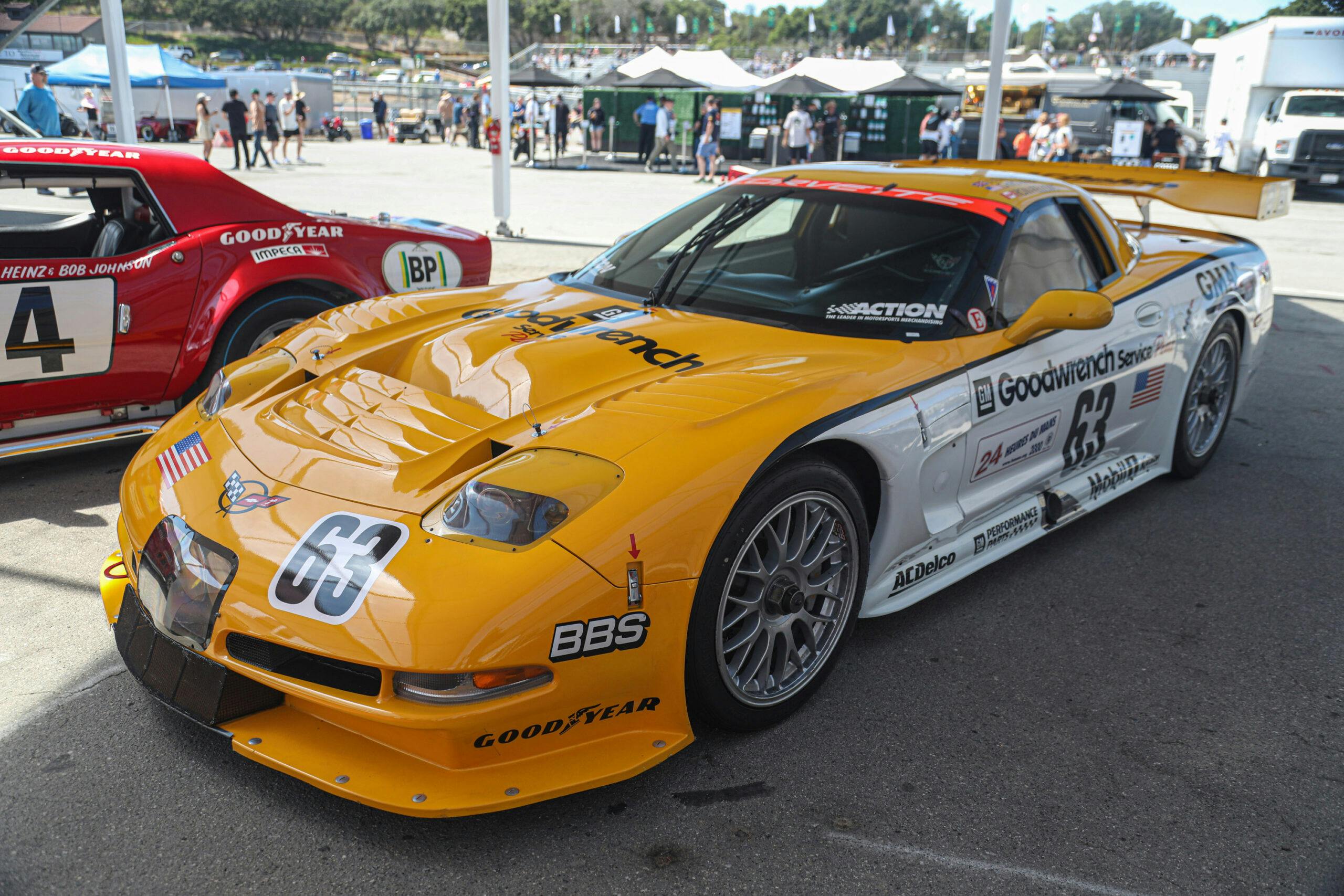
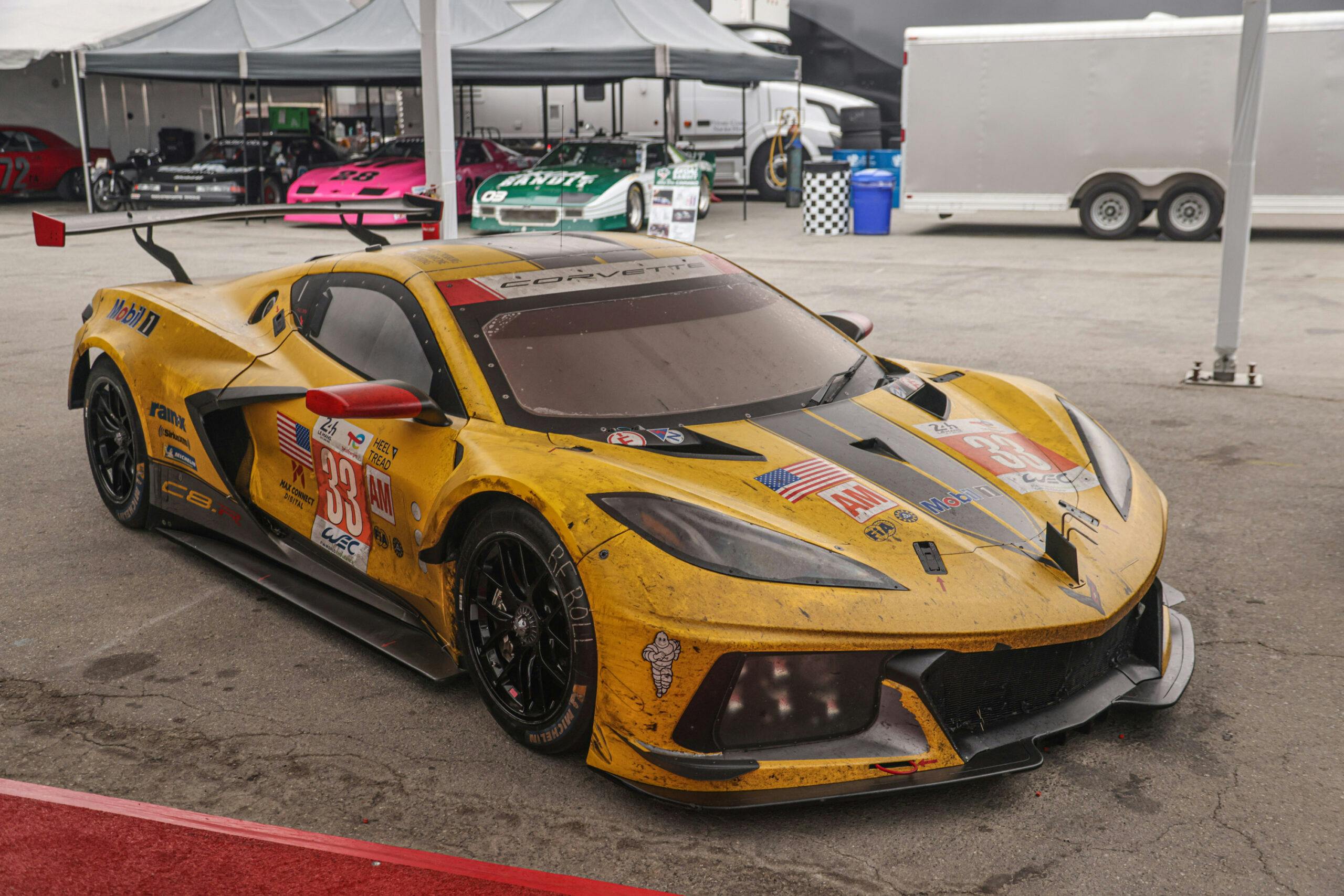
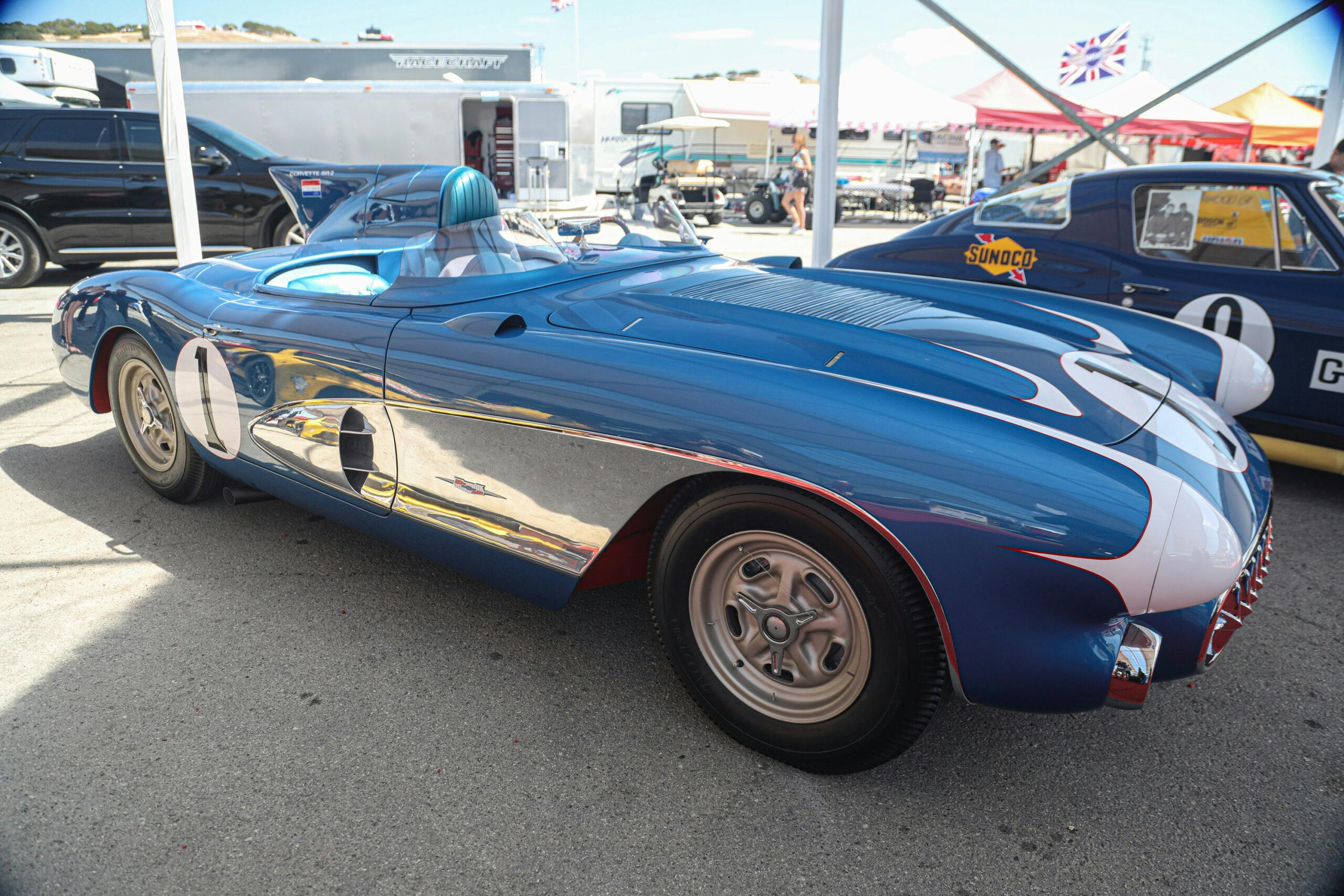

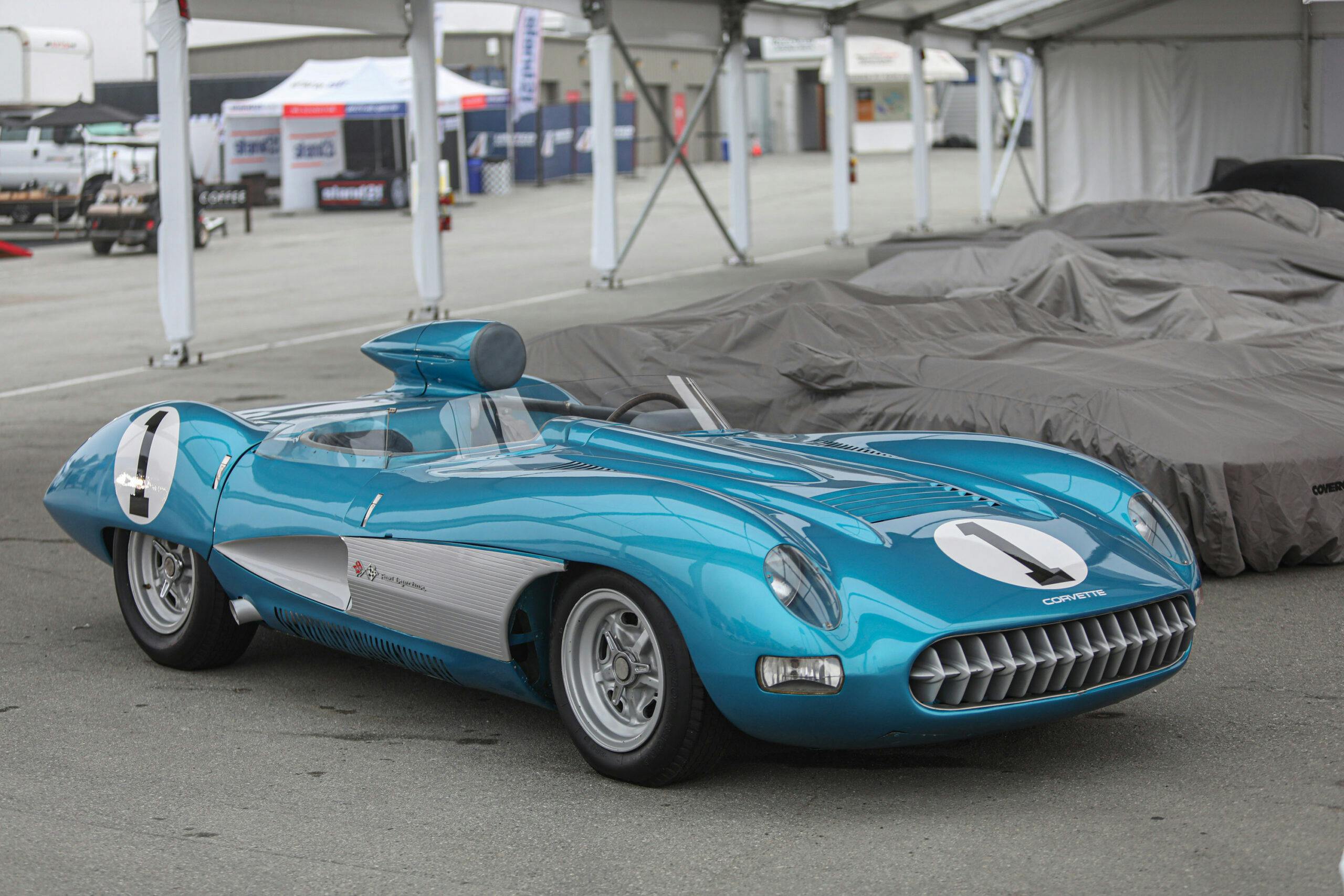
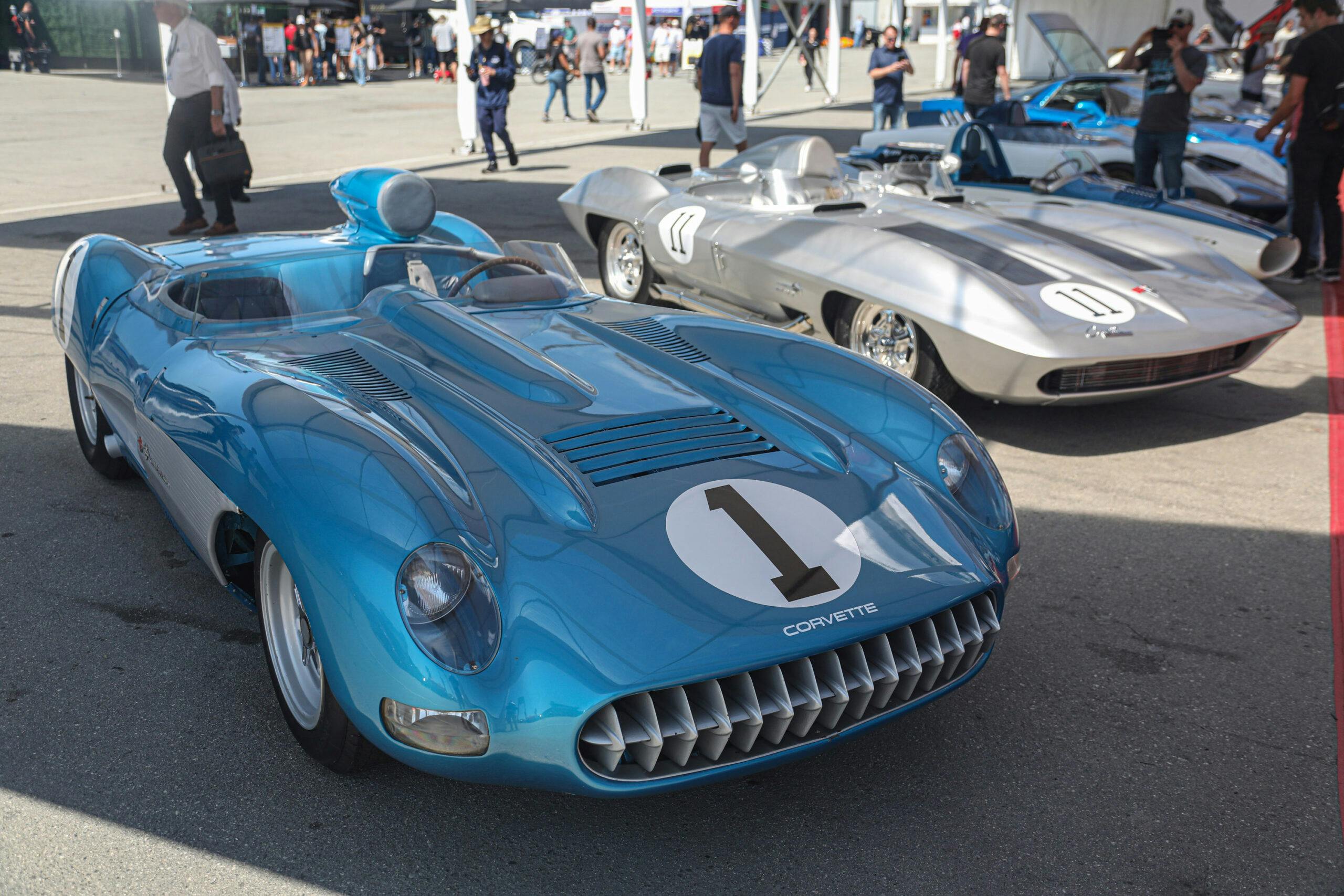

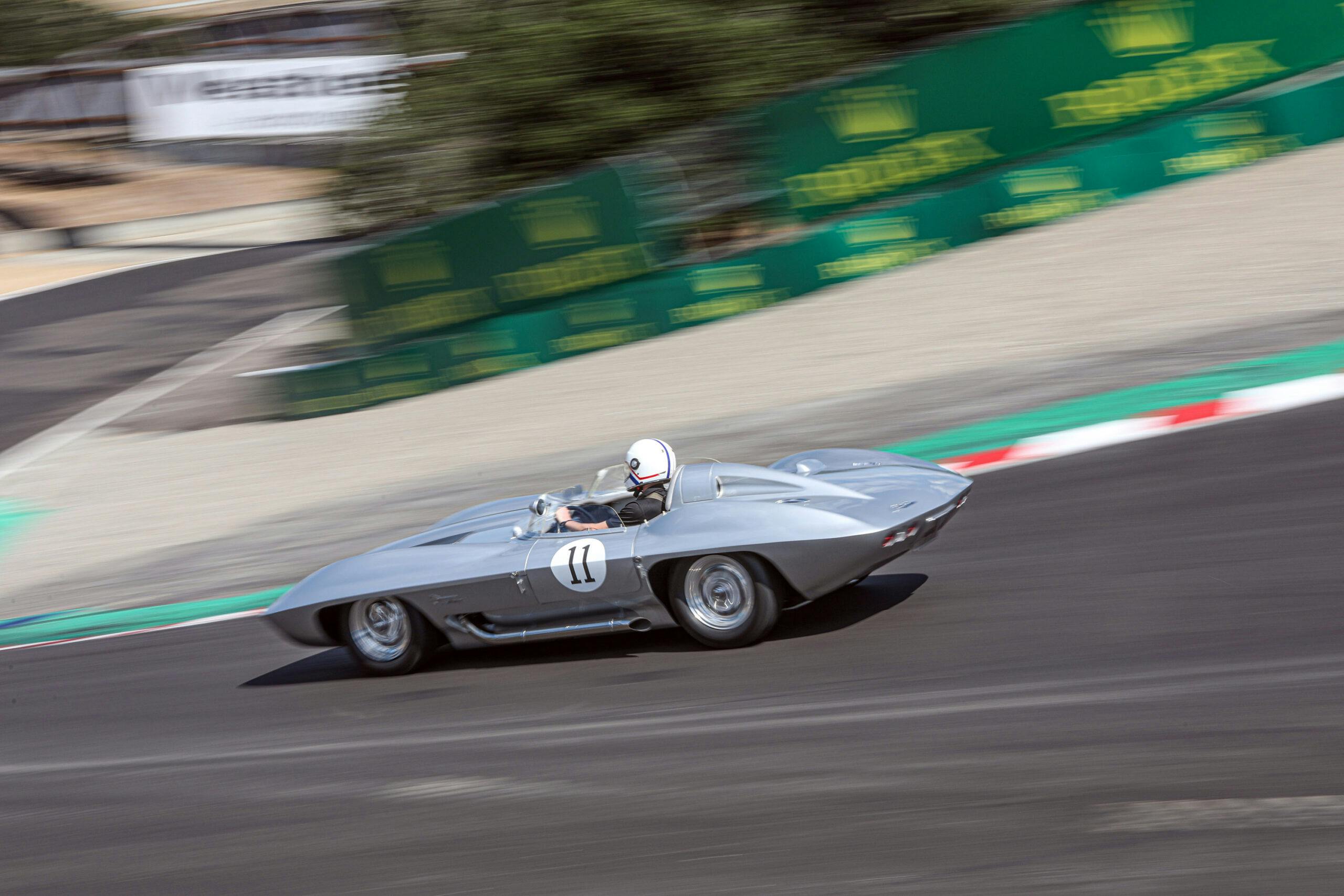
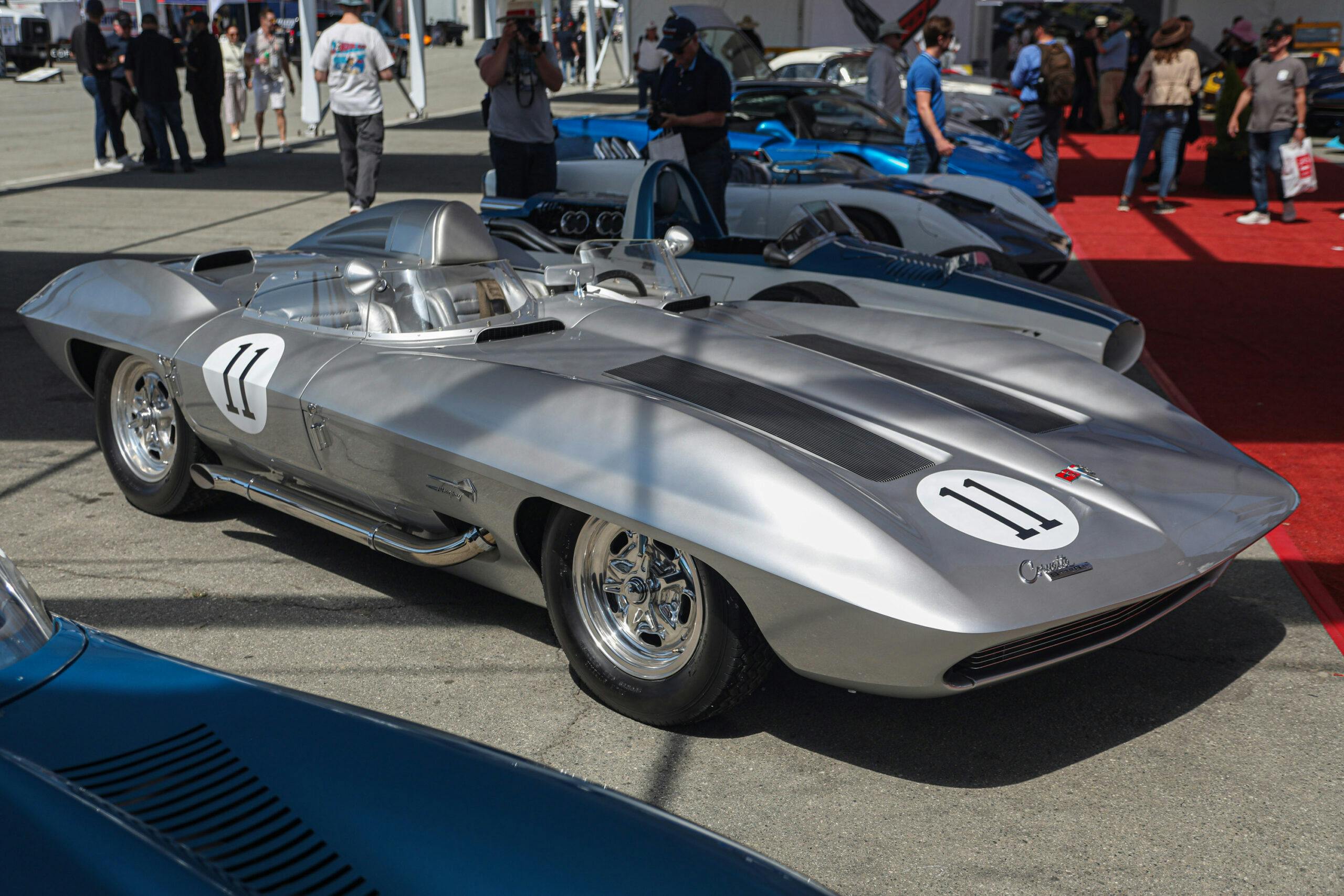
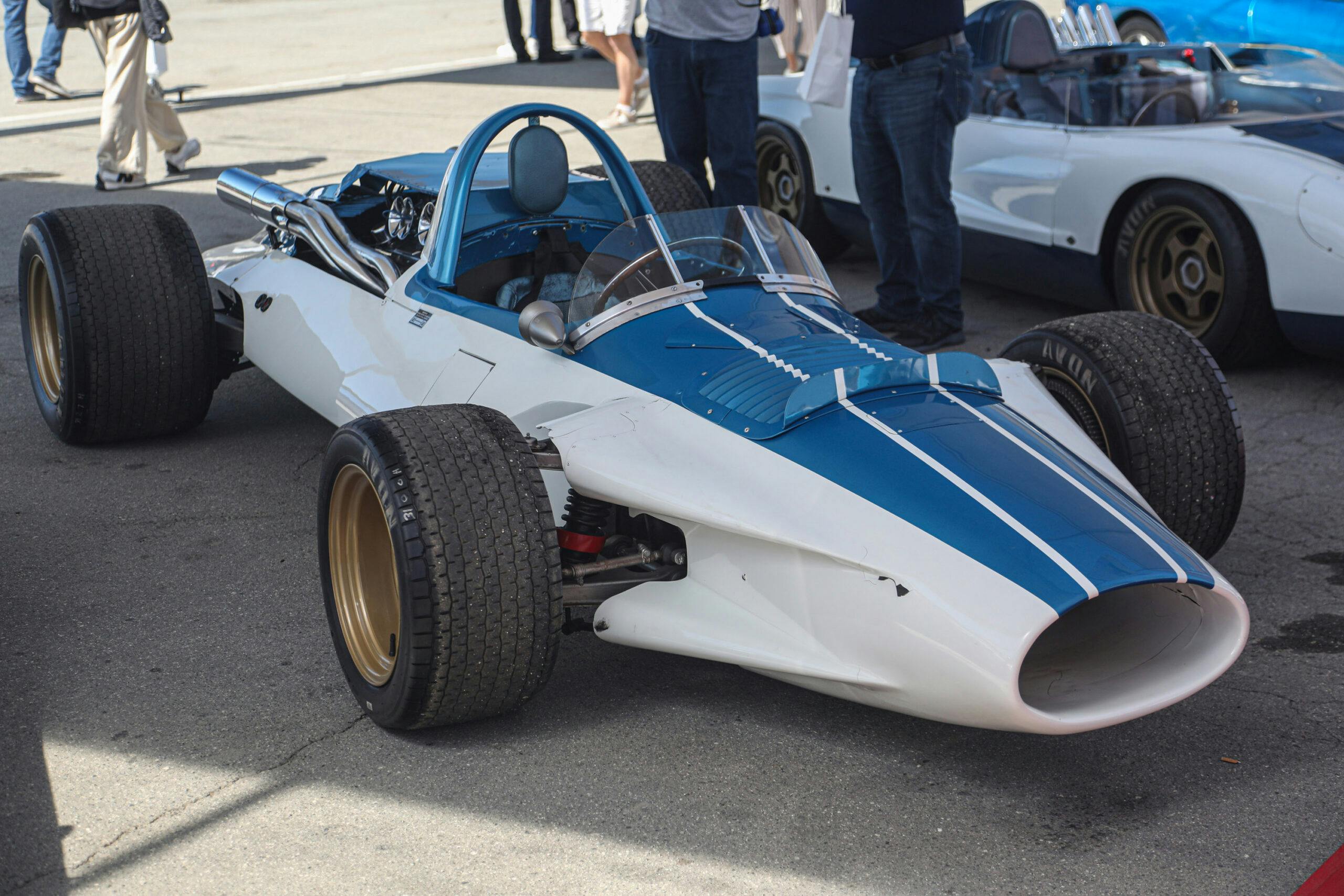
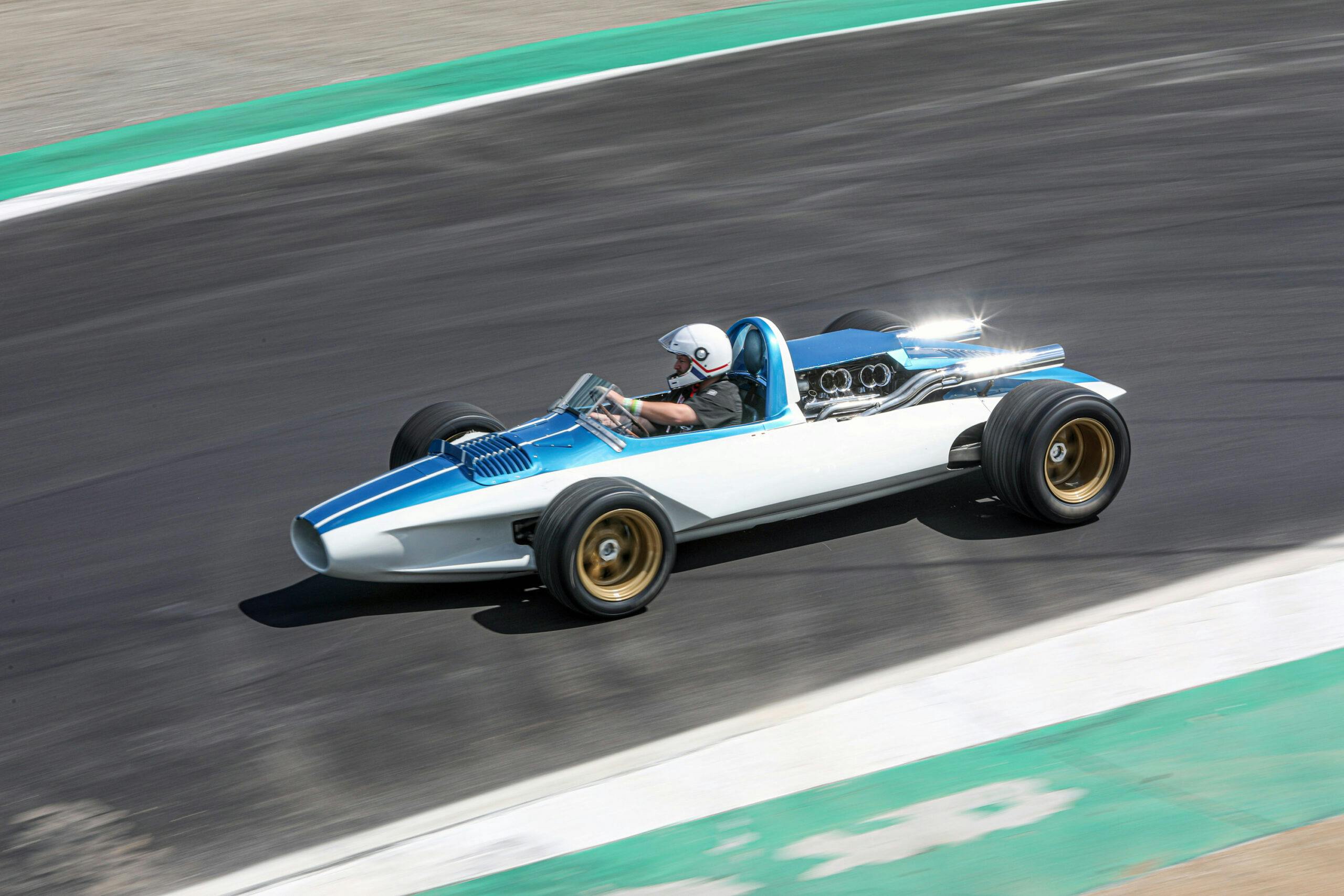
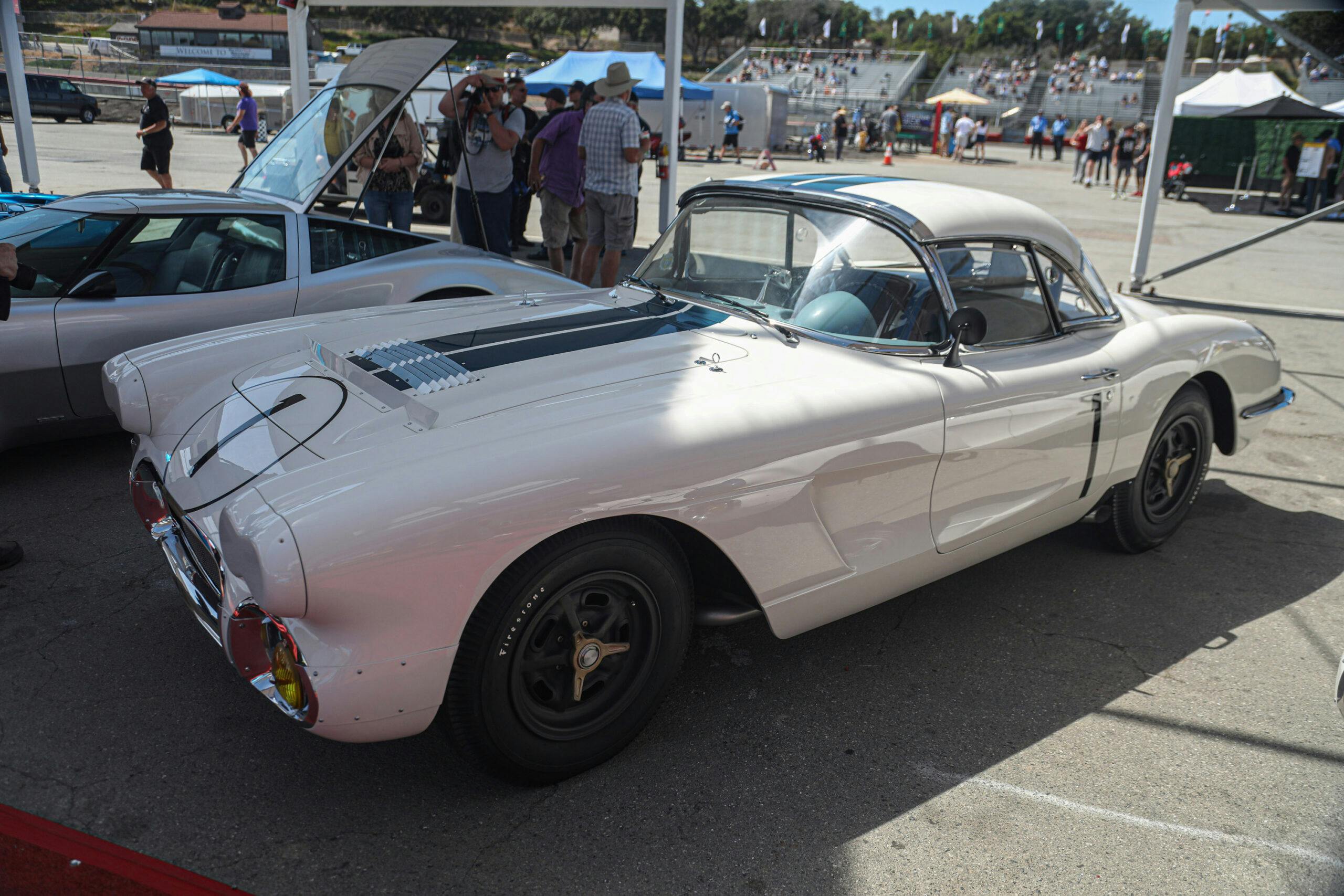
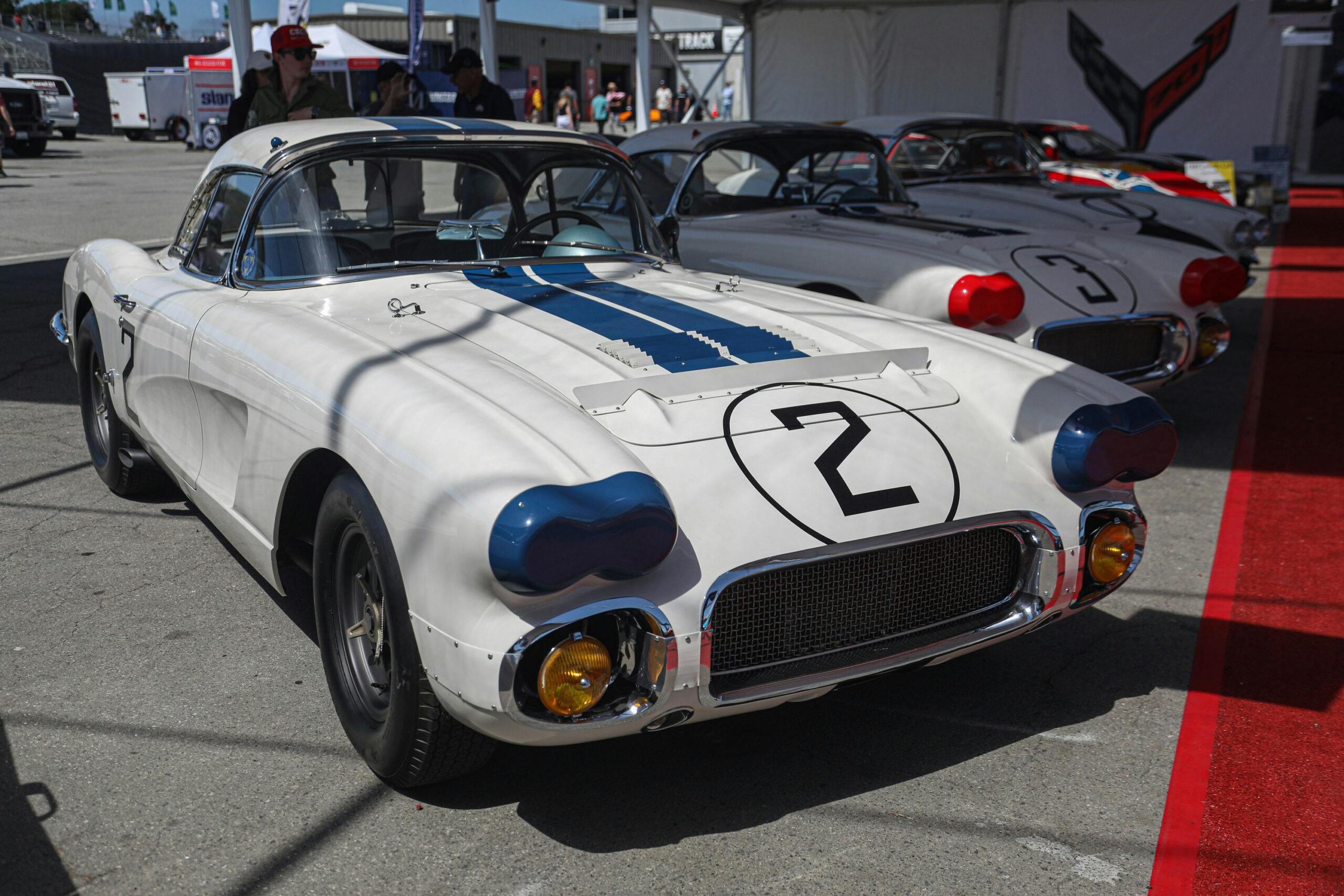

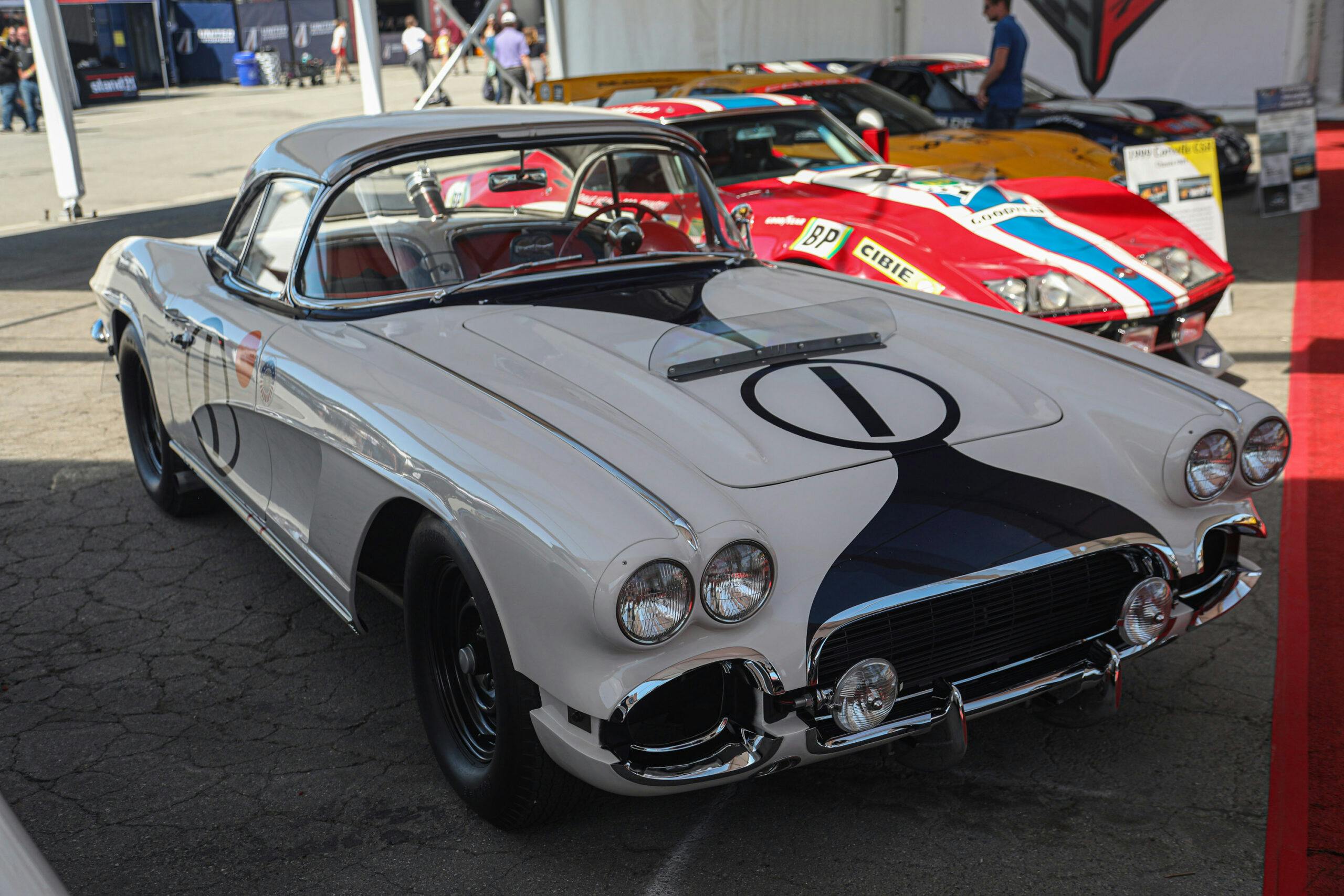
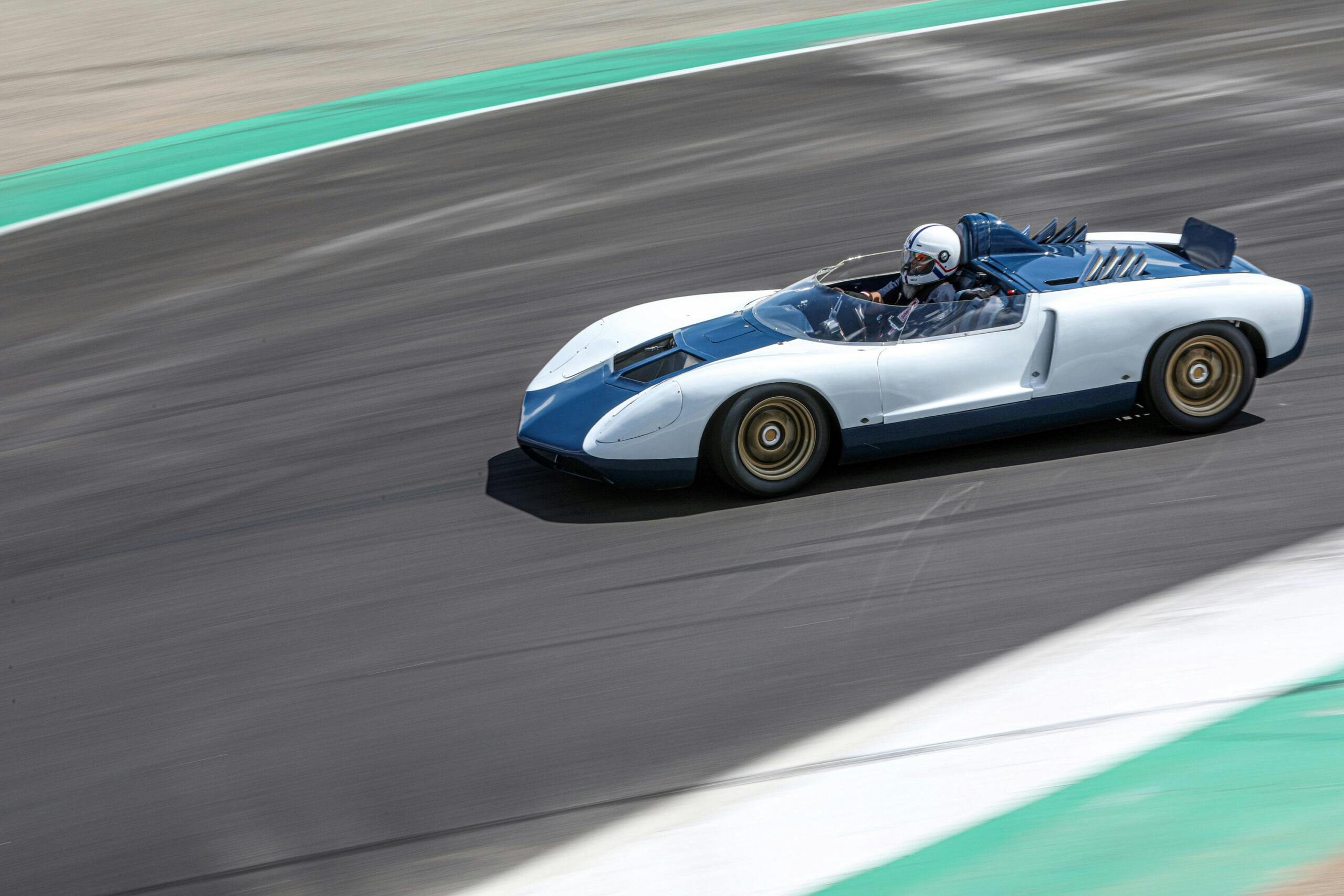
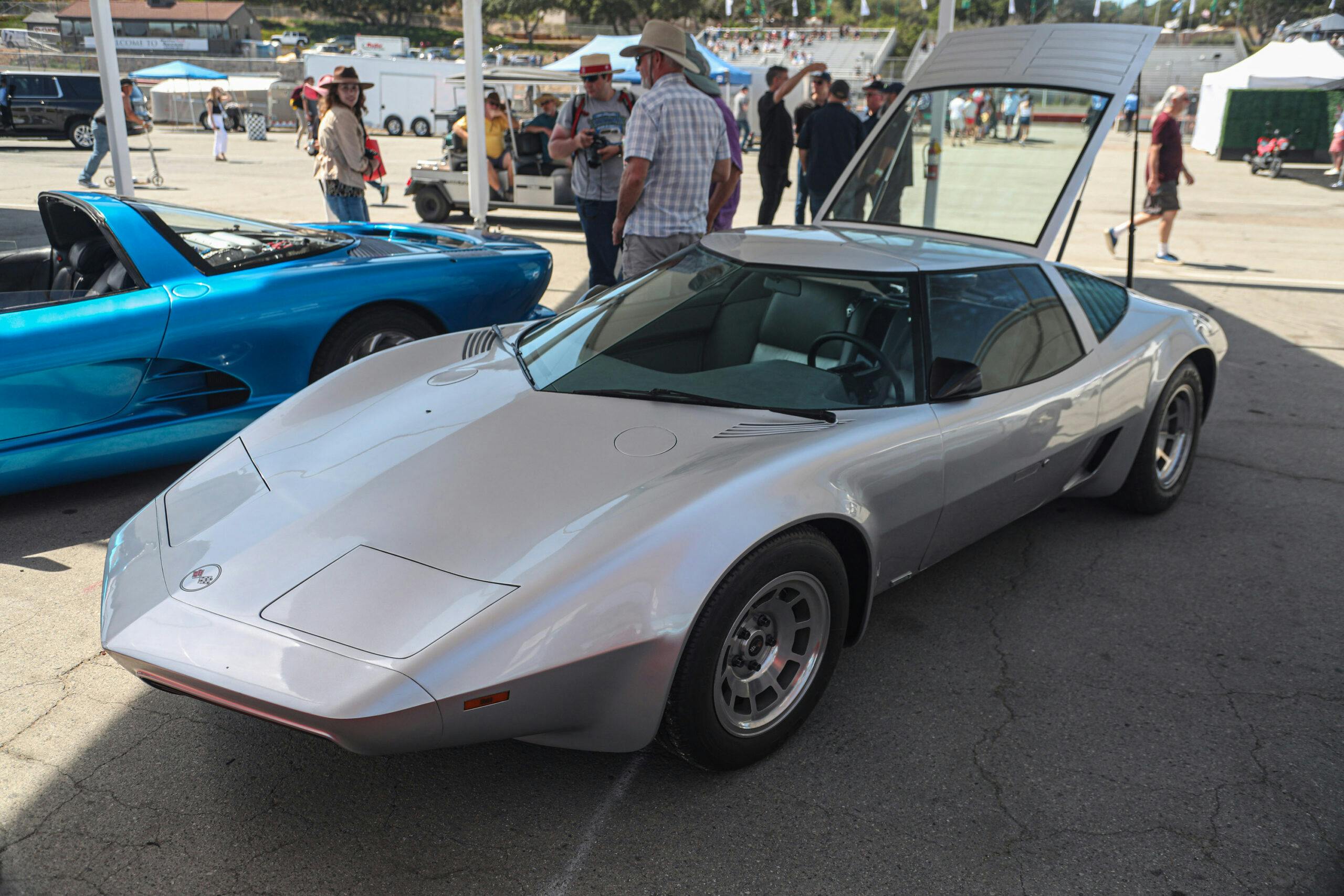
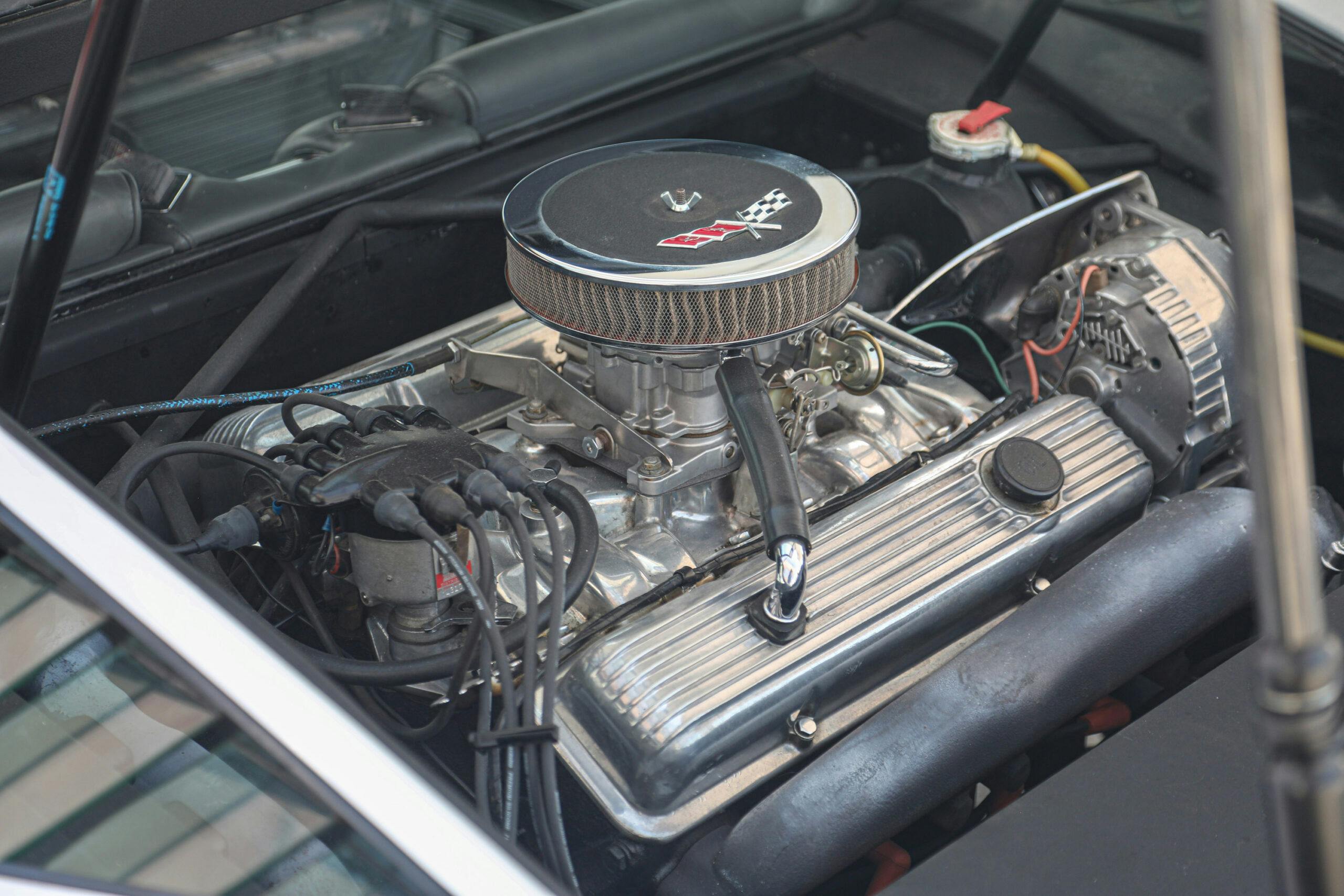
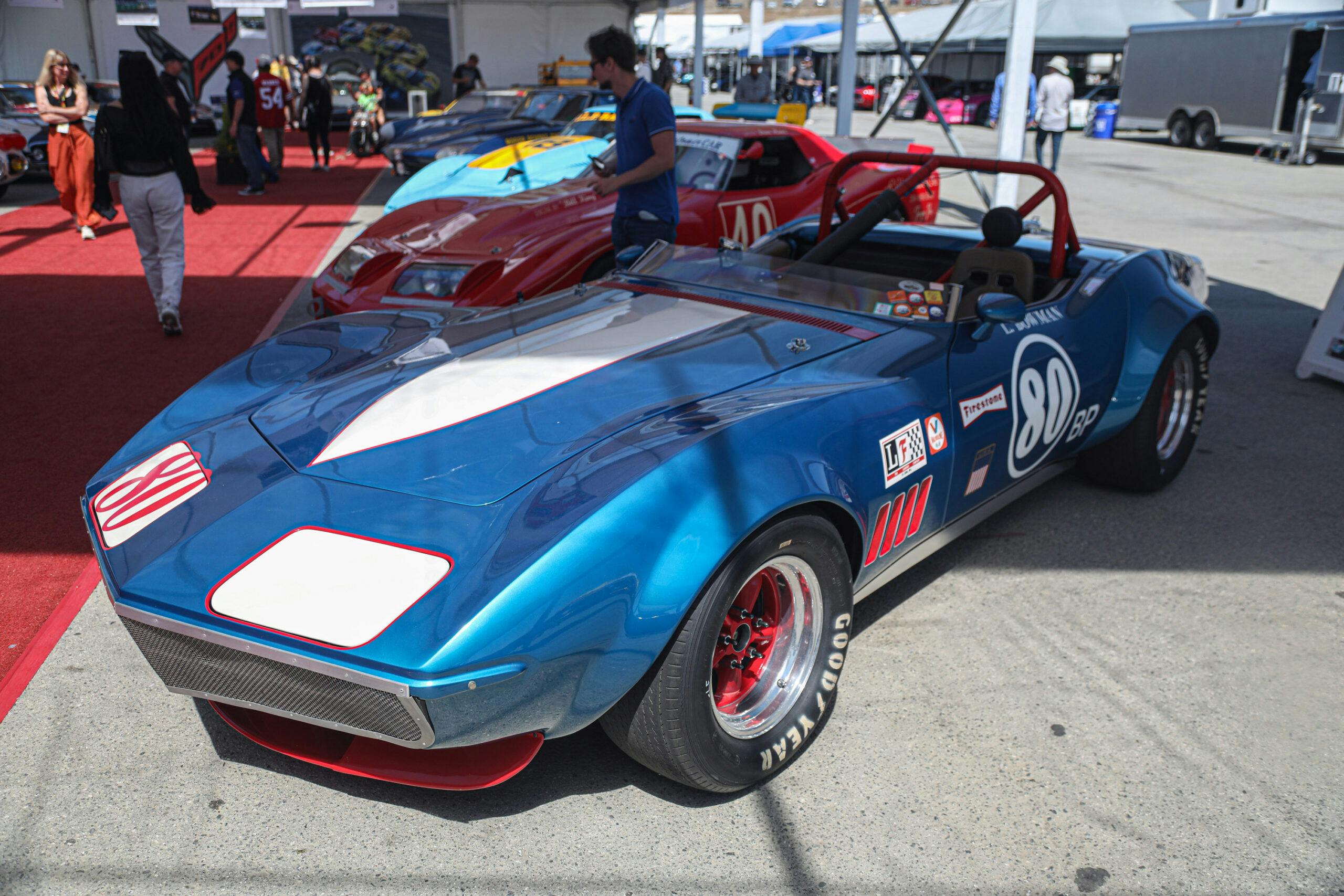
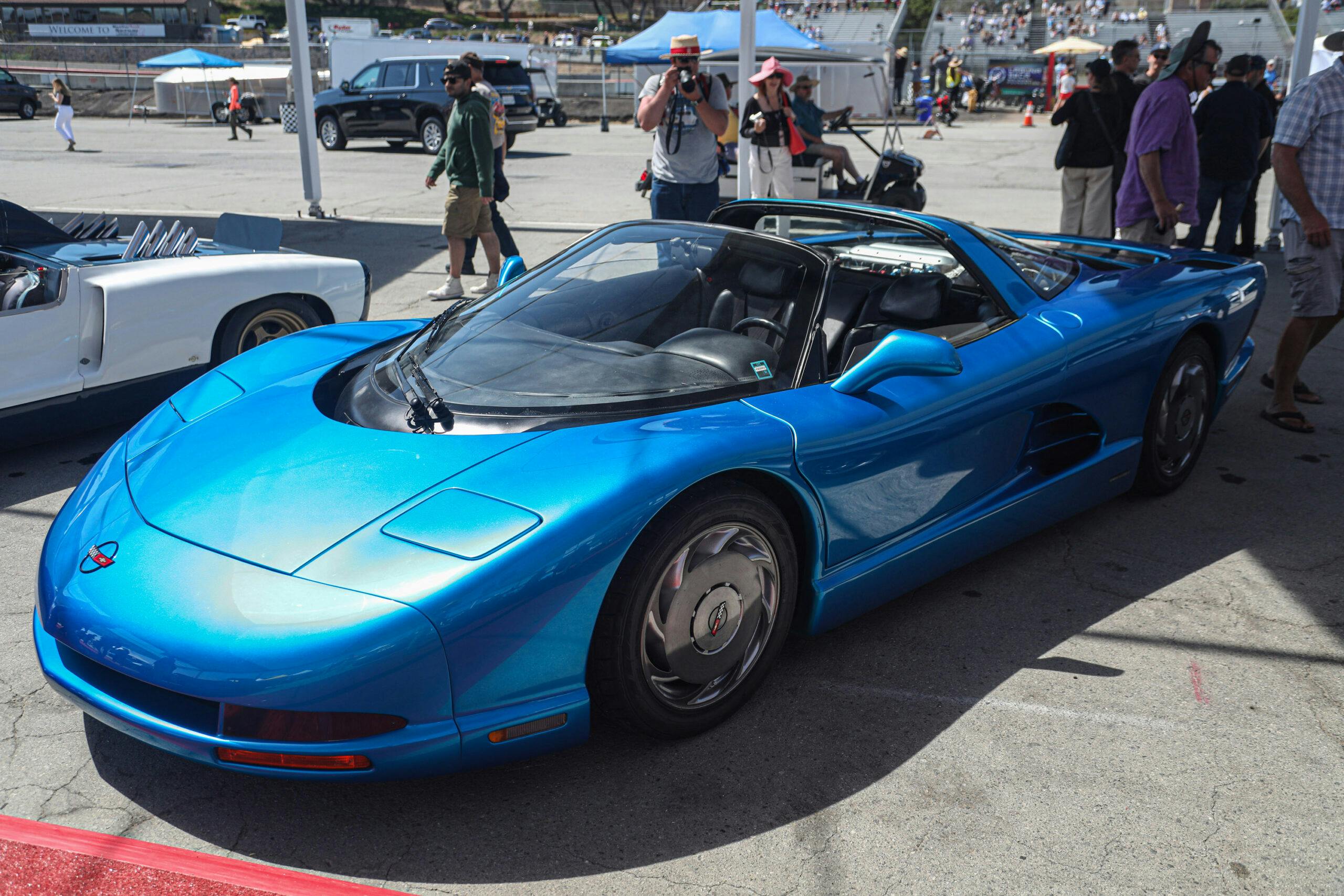


After 50 years I have my second Shelby. It’s a 2007 GT500. It’s been stored inside for 16 years and has less than 1,000 original miles. Truly a new old car! I want to learn more about the GT500 story from the beginning.
Might not like what you hear.
That was one of the Shelby’s that really just used the name Shelby and the old man had little to do with it.
The real Shelby’s in later years were built in Vegas and many were very special. My buddy had one sans scoops and spoilers but nearly every performance mod.
It was loud with chambered pipes.
Don’t get me wrong the 500 is cool but more Ford than Shelby.
Nice to see these cars on track. Nothing like hearing and seeing history in motion.
So many cool Corvette’s. I love the CERV III and Aerovette in particular.
Great collection of Corvettes, the first time I saw the Grand Sports run at Nassau, I was hooked for life. Anyway, a question for any Corvette historian reading this : when I see some period photos of the Penske C2’s, sometimes the “Roger Penske Chevrolet” lettering is blacked out, other times it’s not…been wondering about this for years. Anyone know the backstory?
I had a chance to sit in and photograph the Areovette extensively when it was at Corvettes at Carlisle about 20 years ago. I loved that car when it first appeared with its 4 rotor engine in the early ‘70’s, and it really came close to being the 1980 Corvette. Sad that beautiful car didn’t make it to production.
The C8.R that merely “looks like it just came off the track” is, in fact, THE car that won Le Mans two months ago after coming from two laps down! Give it a little more credit.
Good point Bill, noted!